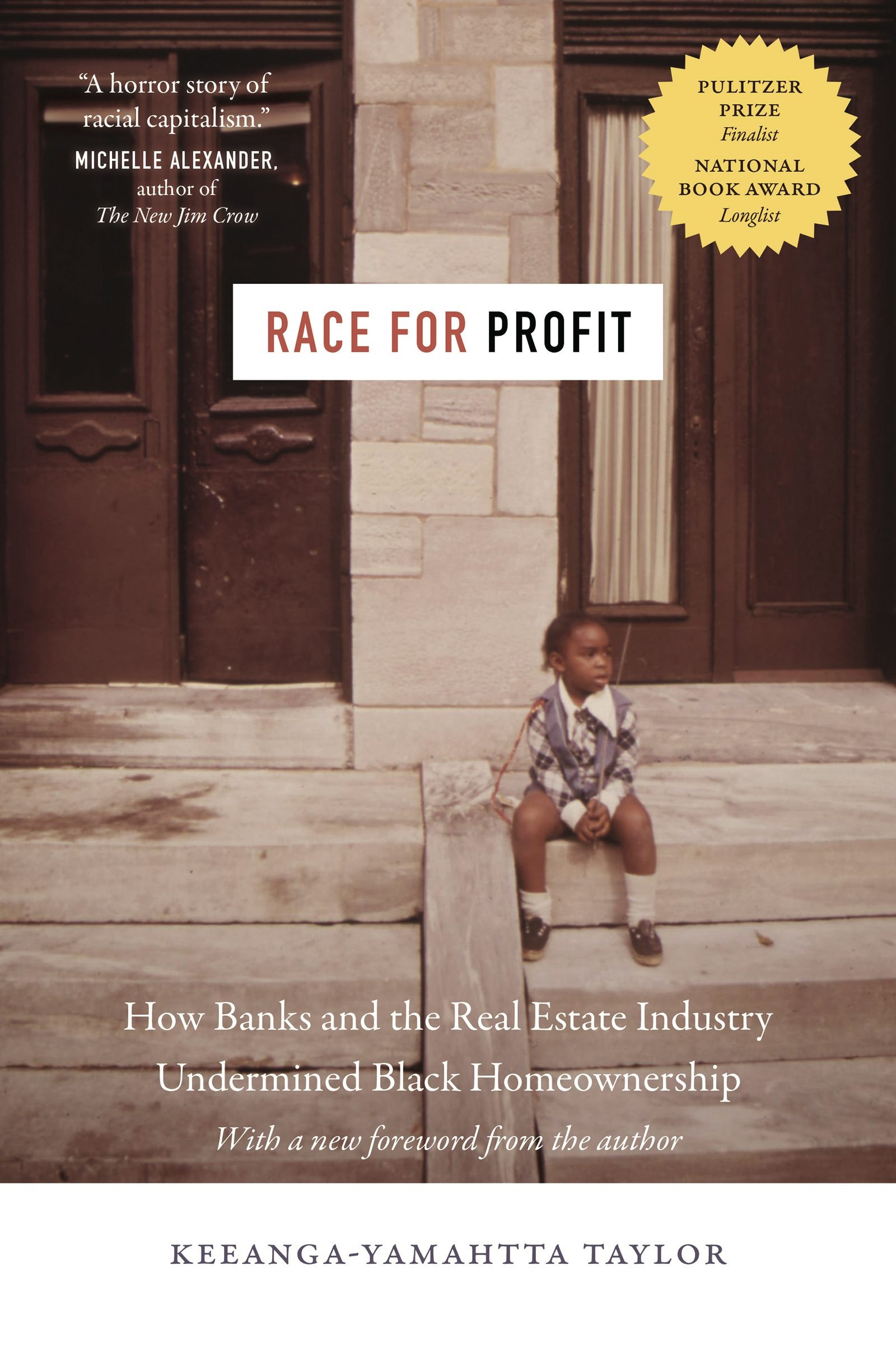Practically any modern American historian can narrate a brief history of redlining in the United States. As the story goes, between the mid-1930s and the late 1960s, white buyers received essentially all of the loans approved or insured by the federal government (around 98% of such loans, or as many as 35 million total white households by some counts). Across these decades, this account continues, African Americans remained trapped in government public housing projects or were left to languish as tenants in privately built slums that, by the 1960s, made their communities fitting targets for urban renewal and the attendant development of even larger public housing projects. Today, center-left journalists and politicians can readily tell this story, as well, usually with the same basic characters in place—“FHA,” “maps,” “banks,” “generational wealth,” and so on. The belief is that, with this story, you can pretty much explain the origin of racial inequality and wealth disparity. You know how segregation foreclosed Black futures—one home, one family, and one neighborhood at a time.
Or so it seems. As important as the story of New Deal- and post-World War II-Era discrimination is, we’ve generally only been telling half of the story. (To be clear, even half the story has been, for many, revelatory!) Yet, one of the dangers accompanying fresh popular awareness about redlining in American history has been a set of tangled and somewhat misleading assumptions. The first concerns the benefits of homeownership, in the abstract, or how correcting the legacies of redlining, in particular, simply means providing Black people the choice of owning their own home. A second related assumption depicts, in the telling of redlining’s history, a single straight line between mid-twentieth-century housing discrimination and twenty-first-century inequities in wealth, education, health outcomes, and the like. The apparently clean causality between the New Deal discriminations and today often reads like some version of, “Look at this map from 1938…. Now… the wealth gap!”
Keeanga-Yamahtta Taylor has provided us a much needed second half of the story. And, perhaps no surprise, the story is actually worse than we thought. In Race for Profit: How Banks and the Real Estate Industry Undermined Black Homeownership, Taylor walks us through how, following the passage of the 1968 Fair Housing Act, racist housing policy survived the abolition of redlining. Sensitive to the particulars of specific cities, agencies, and power relations, Taylor’s book details how policy makers kept the profit motive at the center of housing reform. She replaces our all-too-swift causal parable about the FHA with a no-less-digestible but infinitely more nuanced exploration of “fair housing’s” for-profit design. Targeting communities of color and working people with dangerous forms of housing credit has been called “reverse redlining,” and reverse redlining has a history. Keeanga-Yamahtta Taylor provides its first comprehensive treatment, boring down into the programs, financial interests, and crass political calculations that encouraged Black homeownership and that served Black people up for new forms of discrimination and exploitation.
